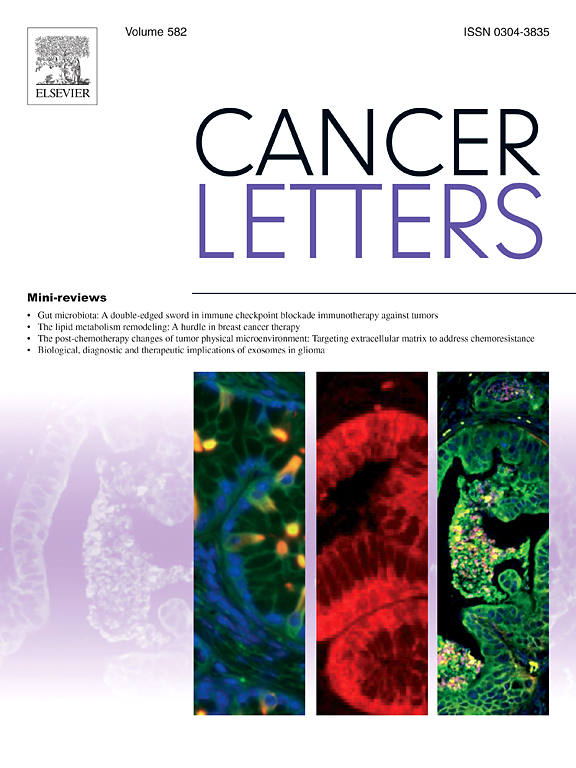Mitigating ambient RNA and doublets effects on single cell transcriptomics analysis in cancer research
IF 9.1
1区 医学
Q1 ONCOLOGY
引用次数: 0
Abstract
In cancer biology, where understanding the tumor microenvironment at high resolution is vital, ambient RNA contamination becomes a considerable problem. This hinders accurate delineation of intratumoral heterogeneity, complicates the identification of potential biomarkers, and decelerates advancements in precision oncology. To solve this problem, several computational approaches are created to determine the ambient RNA contribution from scRNA-seq datasets. Techniques like SoupX and DecontX assist in assessing and eliminating ambient RNA contamination from primary gene expression profiles. Practical solutions like CellBender employ deep learning techniques to concurrently address ambient RNA contamination and background noise, offering a contemporary end-to-end strategy for data preparation. This high-quality, reliable data enables clinicians and researchers to make effective decisions that will help ensure interventions are rooted in reproducible evidence, giving hope for developing more effective targeted therapies.

减轻环境RNA和双链对癌症研究中单细胞转录组学分析的影响。
在癌症生物学中,高分辨率了解肿瘤微环境至关重要,环境RNA污染成为一个相当大的问题。这阻碍了对肿瘤内异质性的准确描述,使潜在生物标志物的识别复杂化,并减缓了精确肿瘤学的进展。为了解决这个问题,创建了几种计算方法来确定scRNA-seq数据集的环境RNA贡献。SoupX和DecontX等技术有助于评估和消除原代基因表达谱中的环境RNA污染。CellBender等实用解决方案采用深度学习技术同时处理环境RNA污染和背景噪声,为数据准备提供了一种现代的端到端策略。这些高质量、可靠的数据使临床医生和研究人员能够做出有效的决定,这将有助于确保干预措施植根于可重复的证据,为开发更有效的靶向治疗带来希望。
本文章由计算机程序翻译,如有差异,请以英文原文为准。
求助全文
约1分钟内获得全文
求助全文
来源期刊

Cancer letters
医学-肿瘤学
CiteScore
17.70
自引率
2.10%
发文量
427
审稿时长
15 days
期刊介绍:
Cancer Letters is a reputable international journal that serves as a platform for significant and original contributions in cancer research. The journal welcomes both full-length articles and Mini Reviews in the wide-ranging field of basic and translational oncology. Furthermore, it frequently presents Special Issues that shed light on current and topical areas in cancer research.
Cancer Letters is highly interested in various fundamental aspects that can cater to a diverse readership. These areas include the molecular genetics and cell biology of cancer, radiation biology, molecular pathology, hormones and cancer, viral oncology, metastasis, and chemoprevention. The journal actively focuses on experimental therapeutics, particularly the advancement of targeted therapies for personalized cancer medicine, such as metronomic chemotherapy.
By publishing groundbreaking research and promoting advancements in cancer treatments, Cancer Letters aims to actively contribute to the fight against cancer and the improvement of patient outcomes.
 求助内容:
求助内容: 应助结果提醒方式:
应助结果提醒方式:


